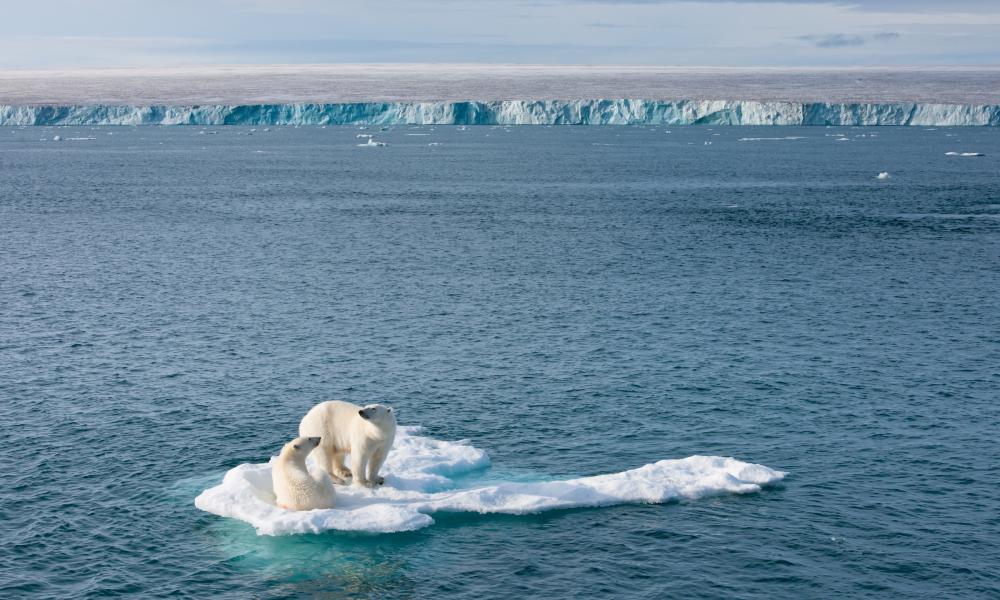
Polar bears in peril
Polar bears in peril
One of the world’s most magnificent apex predators, faces a critical situation due to climate change-induced loss of sea ice habitat. Polar bears need sea ice to hunt seals, travel and find mates to breed. As the ice disappears, bear populations face a challenging struggle for survival and at the same time, As the Arctic experiences increased human activity, the challenges for bear populations intensify.
Our collaboration with Arctic governments and agencies involves comprehensive monitoring and population surveys of Polar bears to address these challenges. Using satellite-linked, radio collars, we’re able to track them for about 1.5 years, until their collars fall off. Only female polar bears can be tracked with radio collars, as male bears have necks which are wider than their heads. These collars transmit the bears' positions to scientists, providing valuable insights into their behaviour and interactions with their environment.
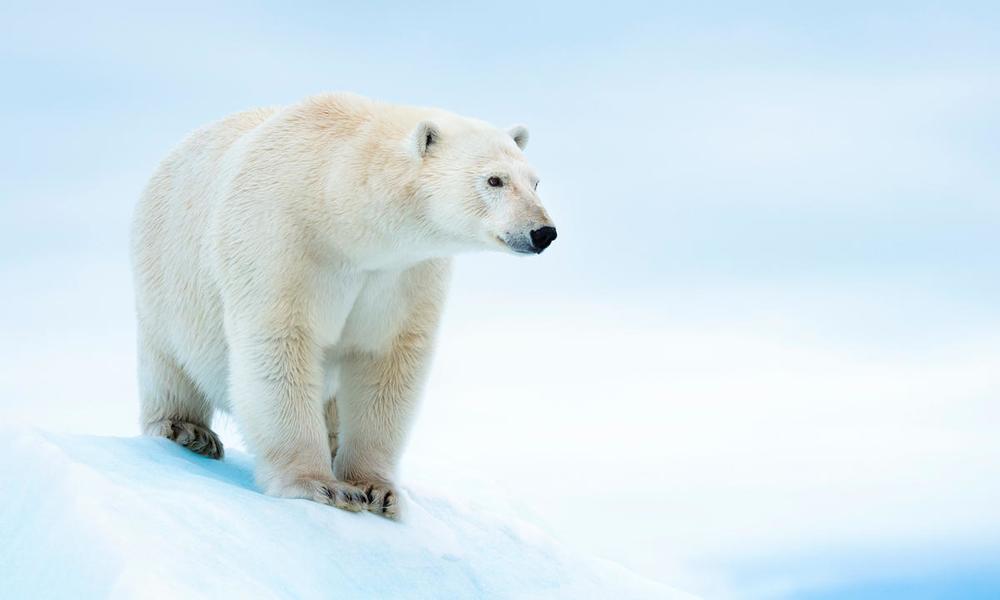
Why we're tracking polar bears
Why we're tracking polar bears
No one knows for certain how many polar bears roam the Arctic. The best estimate is from 22,000 to 31,000 – but while we have good data on some ‘subpopulations’, we know very little about some others. This vital work helps us understand how polar bears navigate their Arctic environment and how climate change as well as toxic pollution, and other threats impacts their behaviour.
Collaring is not just about tracking; it also offers valuable health insights, helping us to monitor the well-being of the polar bear population and respond swiftly to emerging threats.
When scientists fit a bear with a radio collar, they also collect important information about its health by:
- Measuring its length and weight:
Taking samples of blood, fat, hair, and other tissues to identify any toxic contamination estimating its age. Scientists also pull a small tooth, located just behind the large canine teeth and of no use to the bear. Like the rings of a tree, the polar bear’s teeth have thin layers of bone that show its age.
- To understand how they travel:
From the data collected, scientists can determine when a female enters a den, when she emerges with cubs, and how far she travels each day. They can also map a polar bear’s range to determine whether individuals travel vast distances or remain strictly within their home range. Over time this information reveals changes and adaptations. For example, in years when there is less sea ice, it will tell us where bears go and how they adapt.
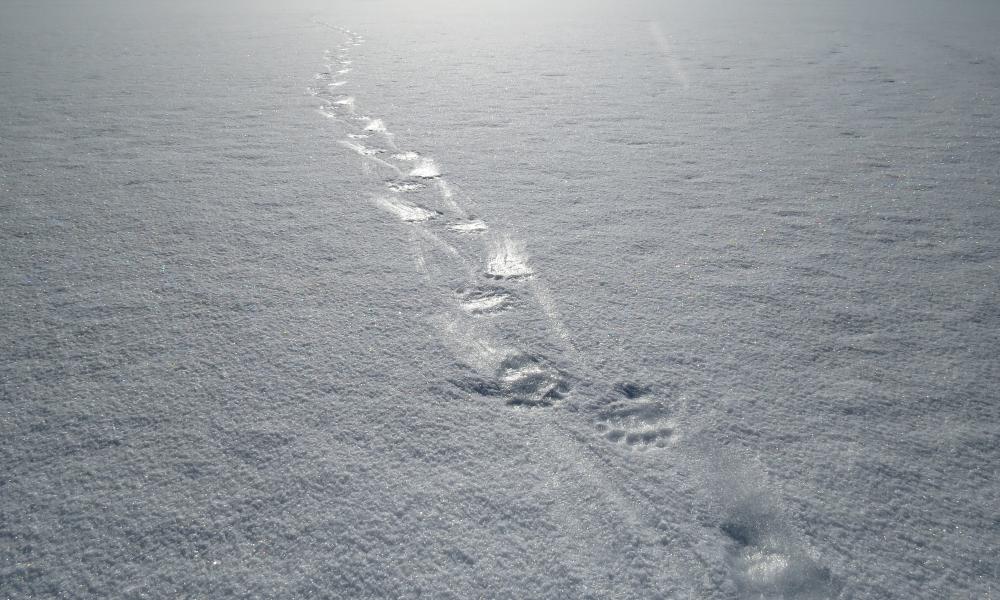
Impact of tracking
Impact of tracking
Ongoing tracking has provided essential data on the impact of climate change and other threats on polar bear populations. This continuous effort is expanding, with plans to collar more female polar bears in the upcoming Spring season. Utilizing a conservation toolkit which includes genetic identification, satellite tracking, less intrusive biopsy darting operations and now environmental DNA (eDNA) - taken only from footprints without disturbing the animals; we can gather extensive insights into the species. Traditional knowledge from Inuit peoples also complements these efforts, enhancing our understanding and guiding conservation planning.
On the link below you can see the most up-to-date information to track our collared polar bears as well as other species using the Species Tracker developed by the WWF Global Arctic Programme.
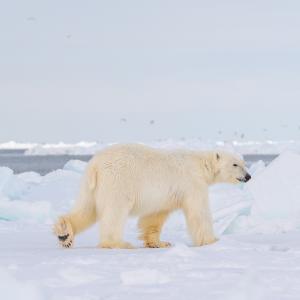
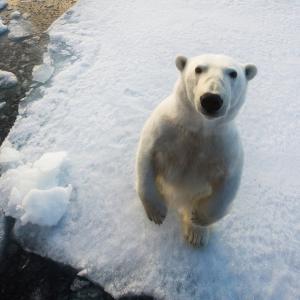
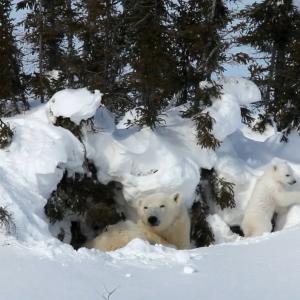
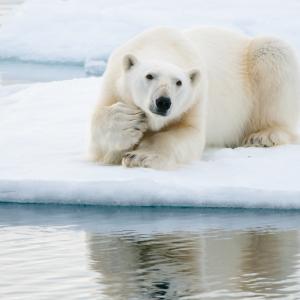
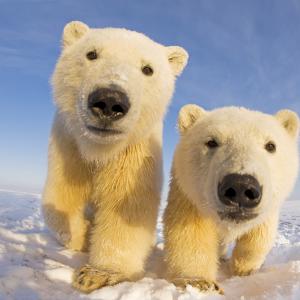 Polar bear: a powerful predator on ice
Polar bear: a powerful predator on ice
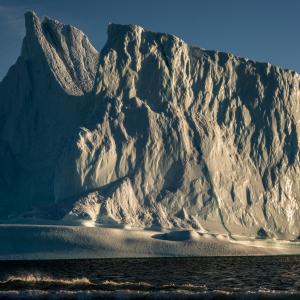 The icy waters of the Arctic of the north pole
The icy waters of the Arctic of the north pole
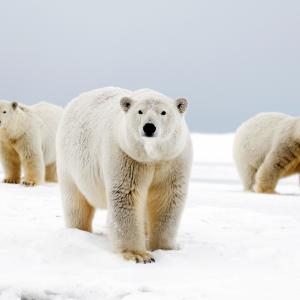 Top 10 facts about polar bears
Top 10 facts about polar bears
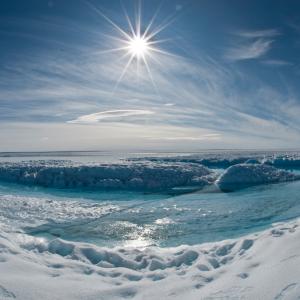 Learn about our frozen environments
Learn about our frozen environments